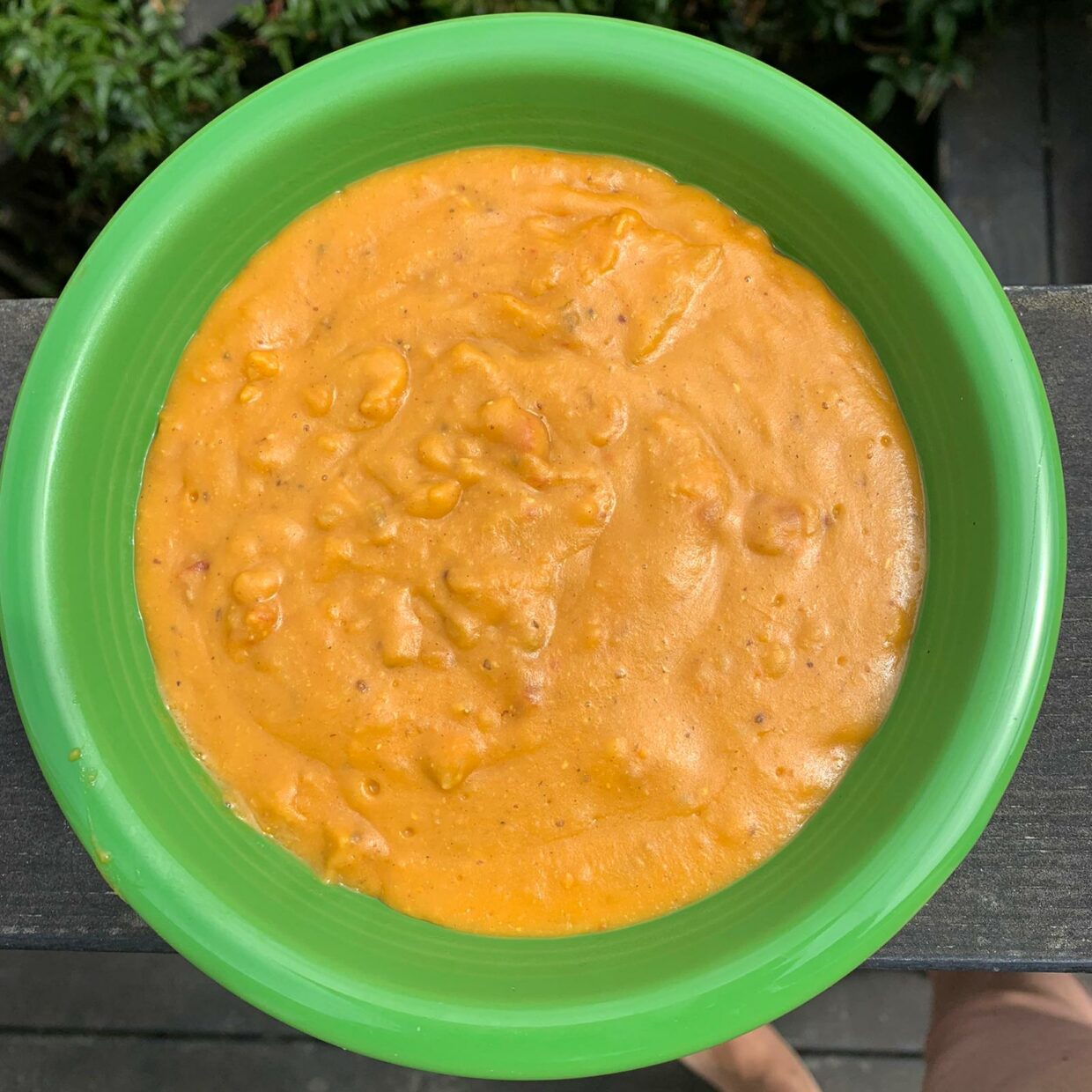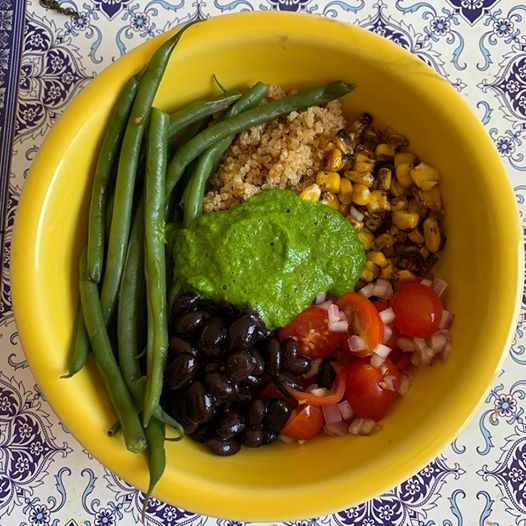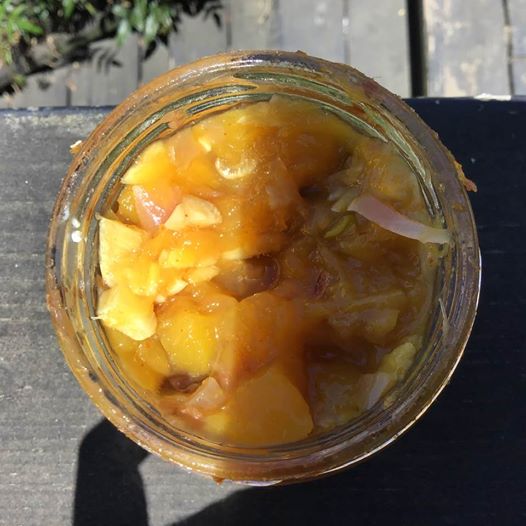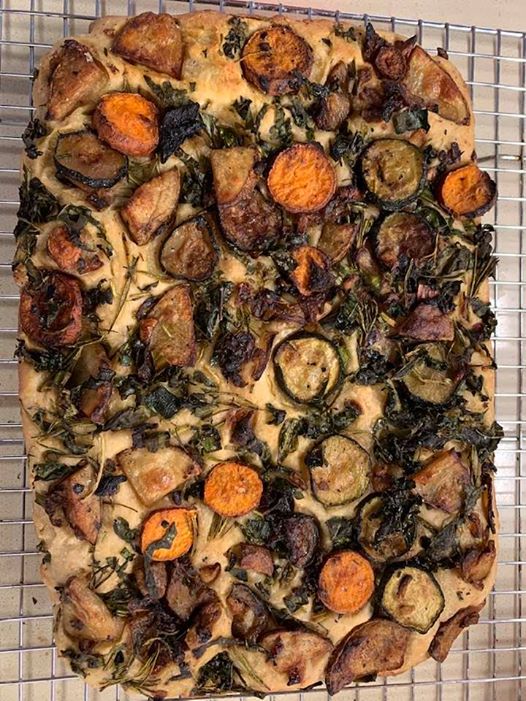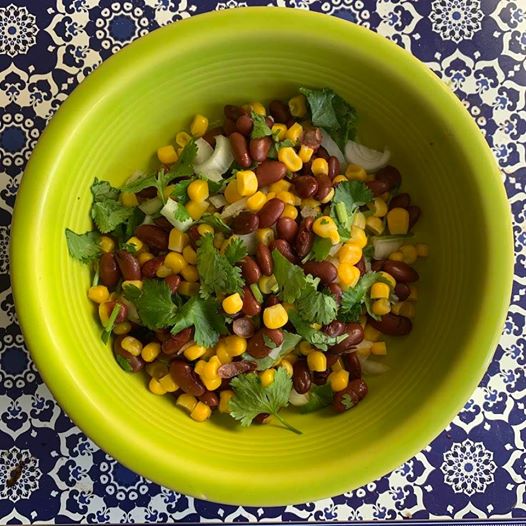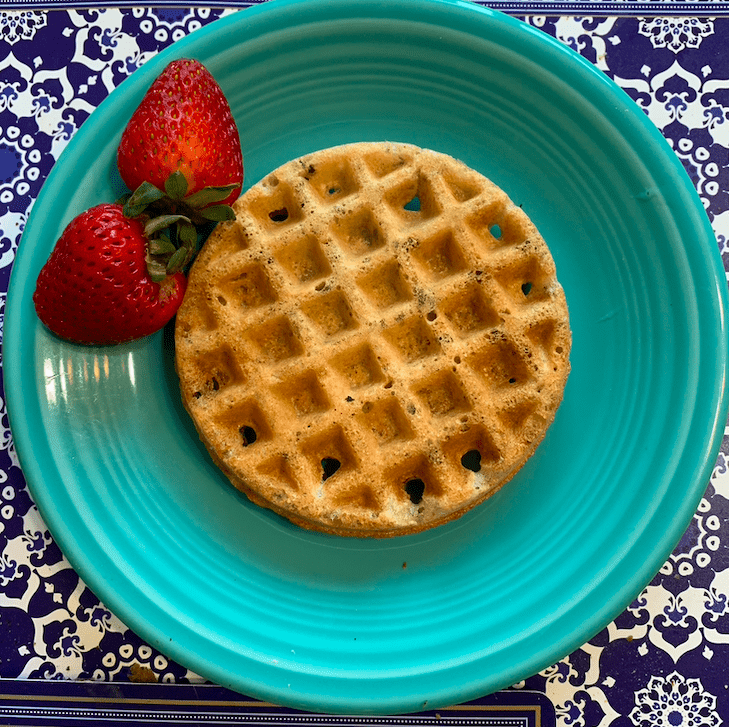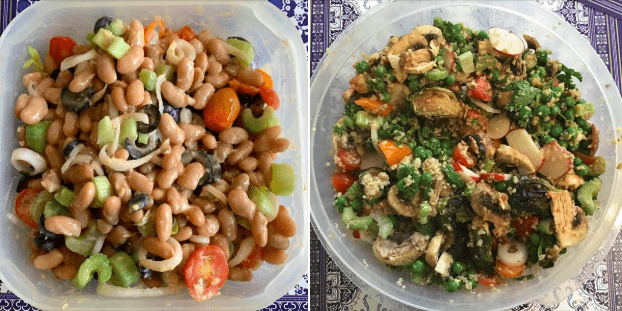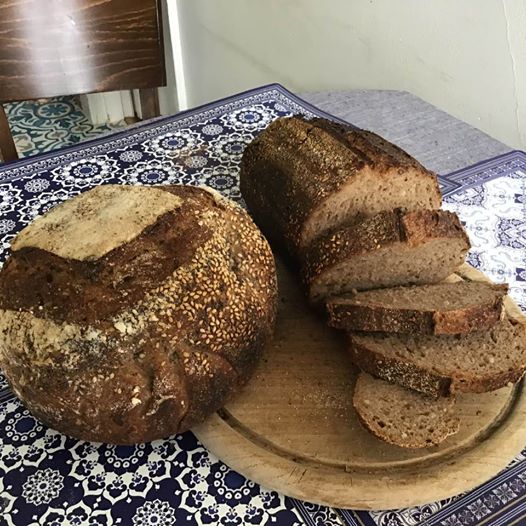This morning called for a bowl of warming soup and for deepening my joy about my newly arranged spice rack. I couldn’t decide whether I wanted lentil, carrot, or tomato soup, and so I decided to make one soup to rule them all! The real stars of the show are fresh ginger and turmeric roots; I bet you could make this with powder, but the fresh root is so delightful in color and taste. I also relied on Madras South Indian curry I ordered from World Spice Market.
I made this in the venerable Instant Pot, but I bet it would come out fantastic cooked on the stove. The thickness of the soup depends on how much water you add, and you can adjust it after it finishes cooking, before the blending stage.
Oh, by the way: I finally figured out the reason for the odious tendency of cooking websites to make you stroll through florid personal stories of wise elderly relatives, college exchange programs and exotic backpacking adventures, seventeen different pictures of each recipe, and detailed descriptions of the experience of eating it. You might already know this–I am a true neophyte to the ways of e-commerce and web traffic–but anyway, it turns out that one’s site fares better on Google et al. if you throw in a minimum amount of text and pictures. Thankfully, I’m in the fortunate position of having a day job and not making a cent off of sharing recipes with you, so I’ll stop torturing you and get to business. Be your own hero and make this soup!
- 1-2 tsp coconut oil
- 2 tbsp Madras South Indian Curry (or equivalent spices: Coriander, Brown Mustard, Turmeric, Cumin, Fenugreek Sd, Blk Pepper, Chile Flk, Cardamom, Indo. Cinnamon, and Ginger, totaling 2 tbsp)
- 5 garlic cloves, peeled and minced
- 1 1/2-inch knob fresh ginger, peeled and minced
- 1-inch knob fresh turmeric, peeled and minced
- 4 large carrots, sliced or cubed
- 1 small can of diced tomatoes
- 1/2 can coconut milk
- 2 cups red lentils
- 6-8 cups water
Set the instant pot to “sauté” and heat up the coconut oil. Add the curry spices and toast them in the pot for about 1 min. Add the garlic, ginger, and turmeric, and toast for another 30 seconds. Turn off the sauté function and throw in the carrots, tomatoes, coconut milk, lentils, and water. Set to “soup” (30 minutes of high pressure cooking). Allow pressure to release slowly. Open pot and use a ladle to move half of the contents to a blender. Add water to achieve desired thickness and blend until smooth. Return to instant pot and keep on “warm” until serving.

